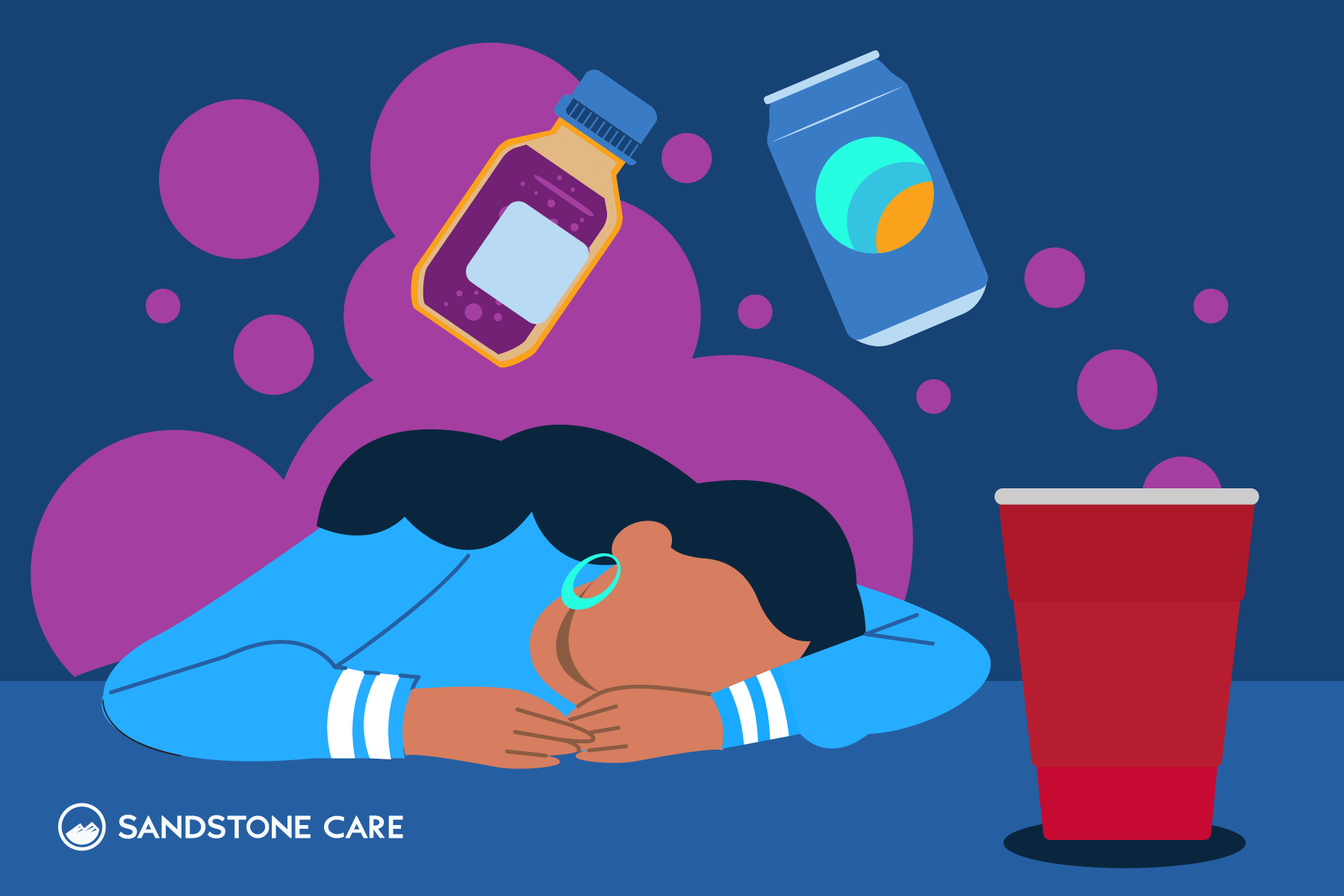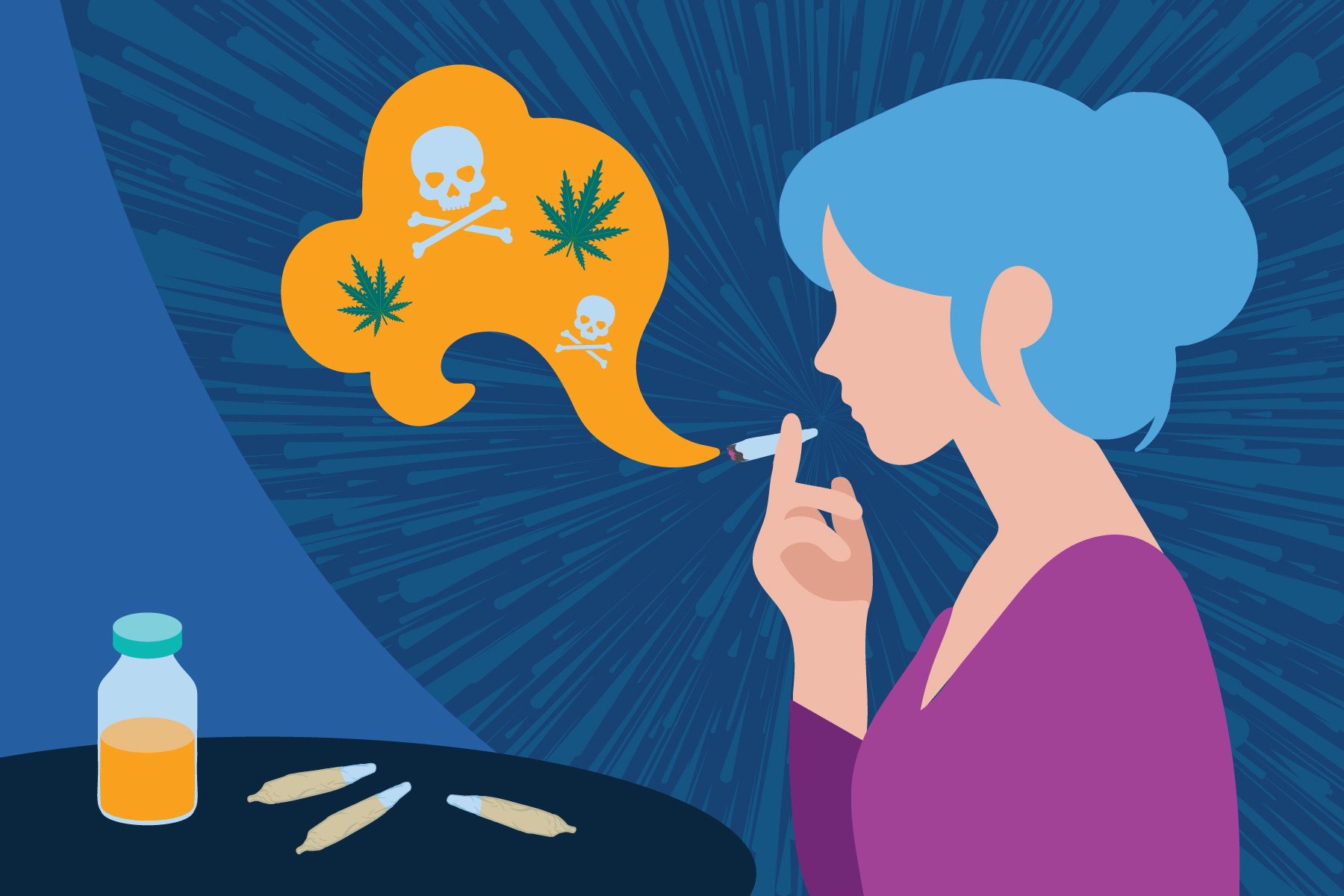What is Kratom Abuse?
Kratom is derived from a tropical evergreen tree that grows in parts of Southeast Asia. When its leaves (or products made from its leaves) are ingested, it causes mild stimulation, sedation and euphoria. Kratom is an opioid analog: though it’s unrelated to the poppy plant, it bonds to opioid receptors in the brain, causing similar effects to those of opioids.
While the use of kratom is controversial, it’s currently legal in the US and is sold online and in shops in the form of powder, capsules, dried leaves, teas and other prepared products. Though it’s largely seen as relatively innocuous, the FDA has repeatedly issued warnings to kratom retailers due to its potential for addiction and withdrawal, and its role as a potential contributor to the opioid epidemic.
Effects of Kratom
Because kratom hasn’t been researched extensively, the full range of its effects are still unknown. In low doses, it causes increased energy and altertness, decreased appetite, faster heart rate, increased sociability, irritability and decreased coordination.
In higher doses, kratom has sedative effects that are similar to those of opioids, though usually not as intense. High doses of kratom can reduce pain and cause feelings of euphoria and relaxation. It can also lead to complications like constipation, anxiety, nausea and skin irritation.
Kratom-Related Risks
Because the sale and consumption of kratom largely operates in a quasi-legal framework (it’s not FDA-approved and is often shipped from unregulated manufacturers abroad), the quality of kratom products is largely unknown. This leaves users vulnerable to unexpected side effects.
In one such case, a product marketed as a high-potency kratom extract, Krypton, was found to contain O-desmethyltramadol – otherwise known as the bath salt drug Spice.
Is Kratom Addictive?
Despite being marketed as harmless, herbal and naturally derived, kratom can be addictive. According to the National Institute on Drug Abuse, “Like other drugs with opioid-like effects, kratom might cause dependence, which means users will feel physical withdrawal symptoms when they stop taking the drug. Some users have reported becoming addicted to kratom.”
Withdrawal symptoms include:
- Fatigue
- Body aches
- Nausea
- Stomach problems
- Anxiety
- Hallucinations
How Young People Use Kratom
The most common methods of kratom use include:
- Swallowing it tablet or capsule form
- Brewing it in tea
- Mixing its powder in a drink
- Smoking its leaves
- Chewing its leaves
Popular strains include Maeng Da, Red Thai, Green Malay, Red Bali and Red Vein Indo
Signs of Kratom Dependency
If you’re concerned that you’re becoming dependent on kratom, take notice of any of the following symptoms:
- Using kratom in larger and larger doses
- Requiring higher doses of kratom to feel its effects
- Irritability or aggression when you’re not using kratom
- Inability to function without kratom
If you or someone you love is using kratom, it’s important to know that casual use can quickly ramp up into dependence and addiction. Once you become addicted, it can be hard to stop using without professional help.
For advice, questions or support, call the experts at Sandstone Care at (888) 850-1890 today.




